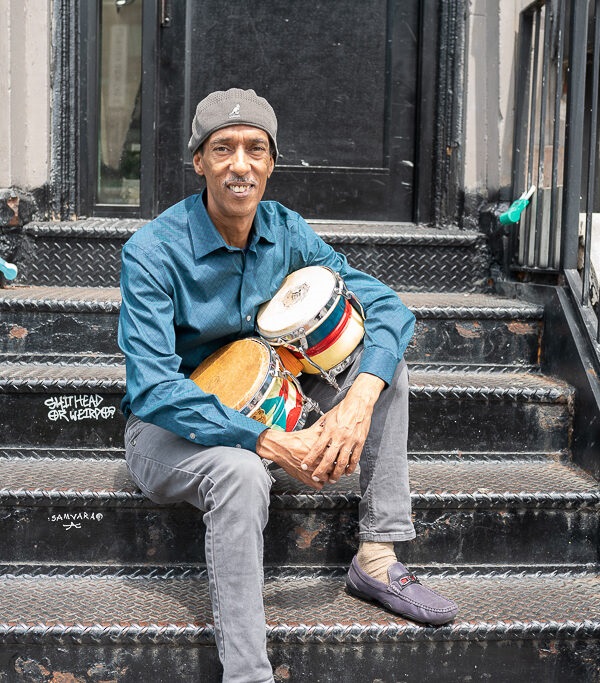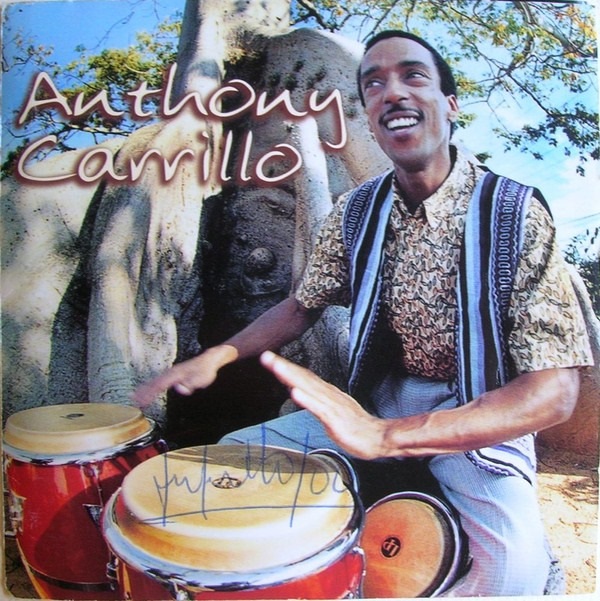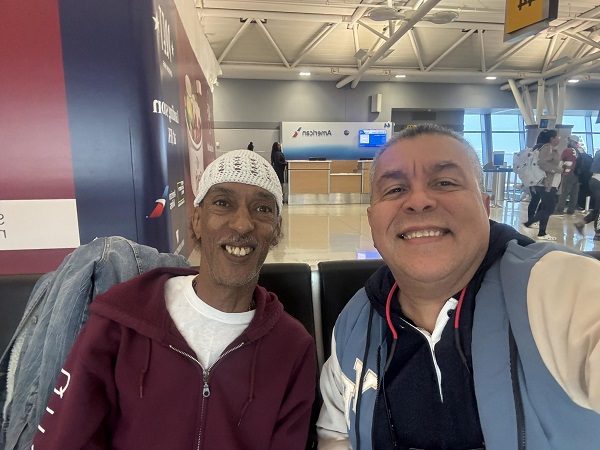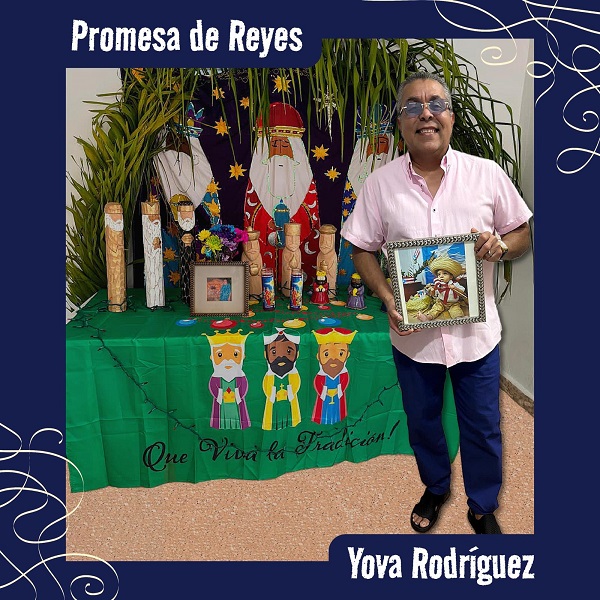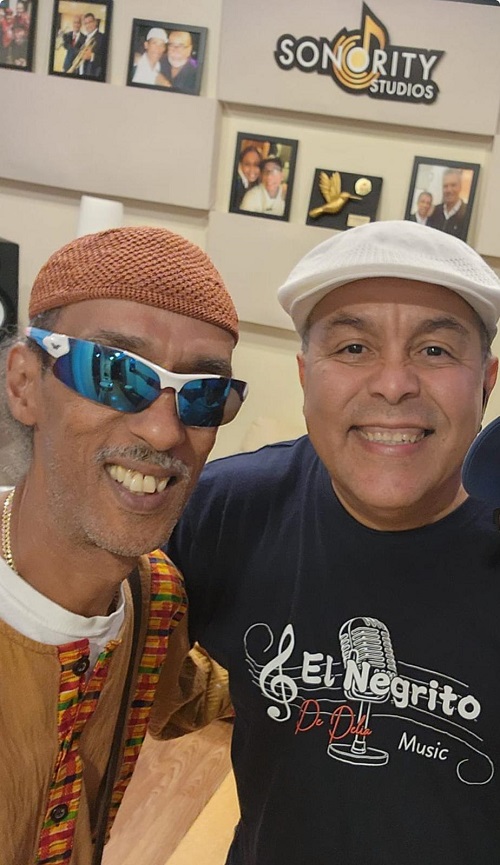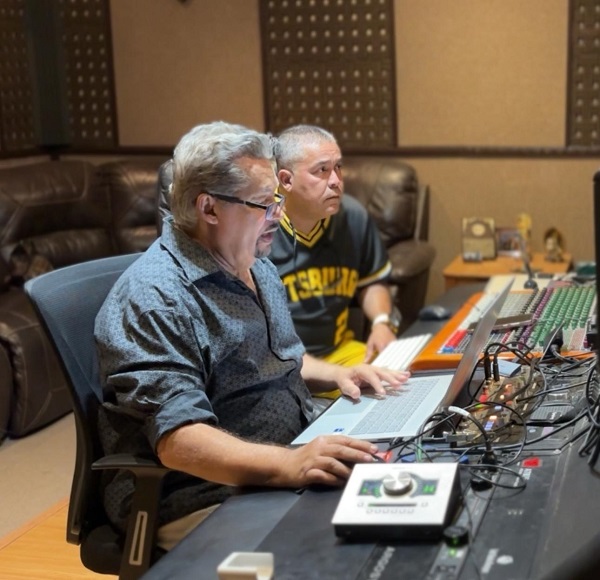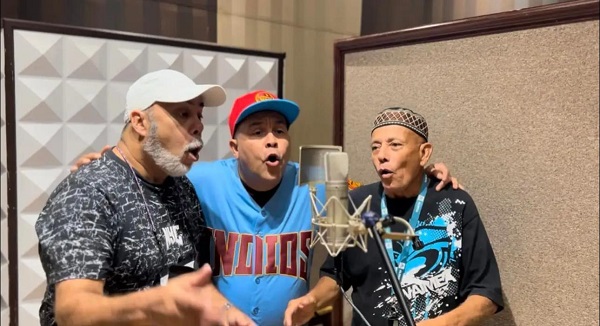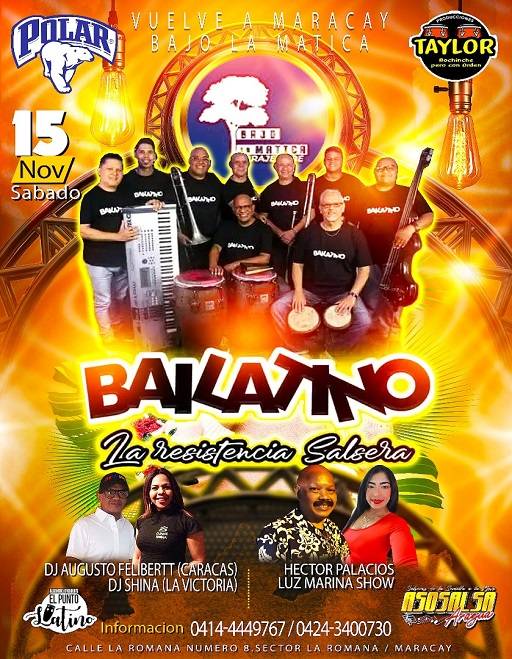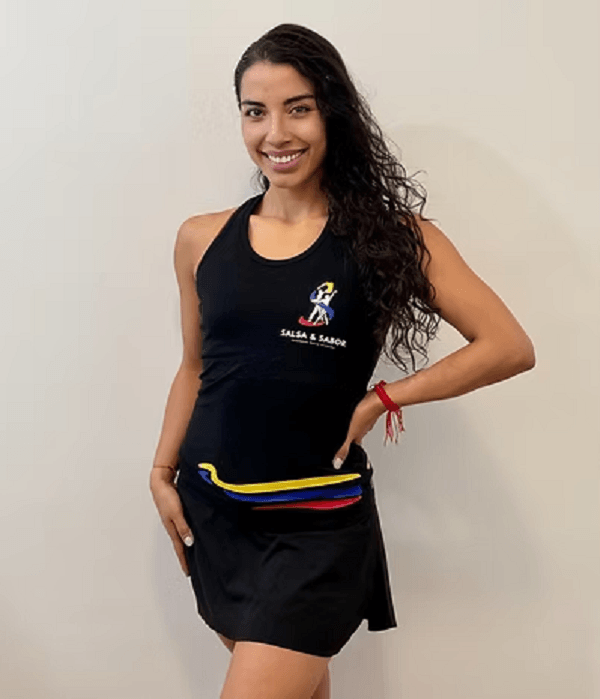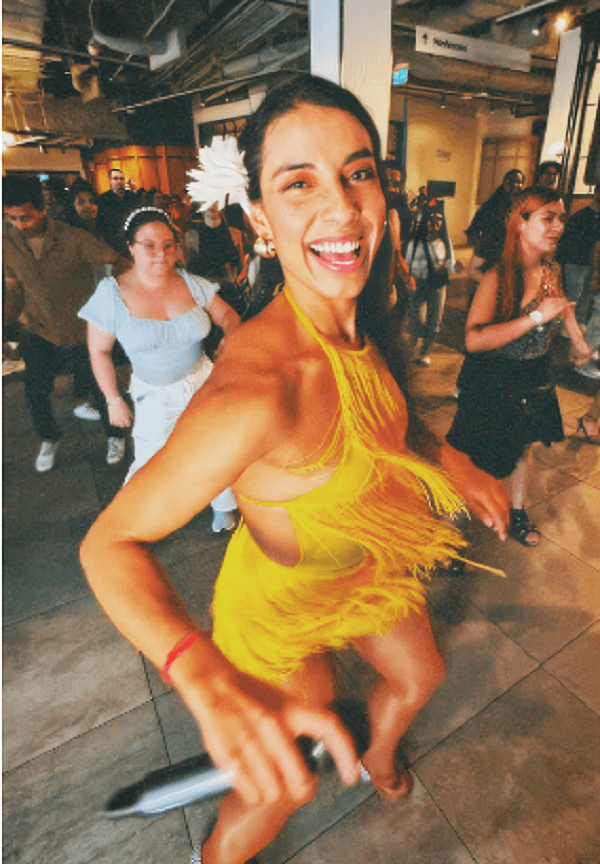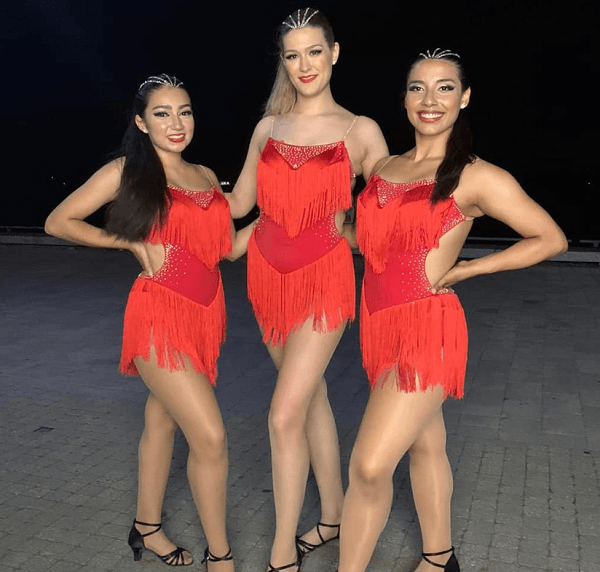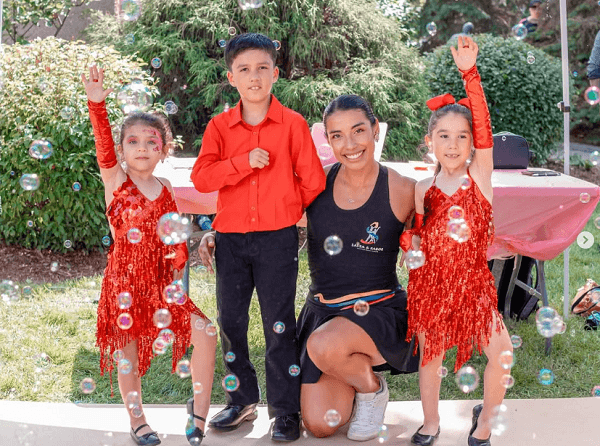Music accompanies him from a very young age
Juan Manuel Lebrón is a very complete artist who has ventured into different areas of the entertainment industry, from music to comedy, Mr. Lebrón has put his name on it. Born on April 22, 1947 on the island of Puerto Rico, he has worked from a very young age on the stage when he became the singer of the Sexteto Rítmico group. But Juanma’s career, as he is affectionately known, is the perfect example of self-improvement that other artists can look up to when necessary.

He recorded his first full album with the Orquesta Sensacional, which was his next step in the industry. His career took off when he participated in the OTI Song Festival, being the first salsa singer to represent Puerto Rico in this prestigious festival. Here he performed the song “Represento” which was originally by singer-songwriter Lou Briel. OTI allowed Juanma to have international recognition and the unconditional support of the late and talented cantaora Lola Flores who always praised Juan Manuel.
Currently he already has nine complete productions, his first success that conquered the radio of Puerto Rico was “Amores Sin Sentido” released in 1982. Later one of his greatest prides was to make a bolero album, in 1999 where the song “Una obra de amor” which is dedicated to all children struggling with HIV positive.
Acting and comedy are other of his passions
But beyond music Juanma has also stood out at the acting level, especially in television comedies, and if you ask any actor they will say that comedy is much more difficult than drama. Among Juan Manuel’s most famous productions we find “Musicomedia”, “Salsa con chispa” and “En casa de Juanma y Wiwi”; the latter was on the air for 14 consecutive years. He also dabbled in the host part with shows like the game one “Atrévete”

Apart from this great repertoire as a singer, actor and entertainer, Juanma has excelled in other facets as a music producer, composer, librettist, model and brand image. In fact, even he has ventured into the theatrical world by writing and starring in the play “Cosas de papi y mami”. He has also been a radio producer with his own shows.
There are many recognitions that Juan Manuel Lebrón has obtained in his long career as a public figure, these have not only been to recognize his work as a singer and actor, but also to recognize the great contribution he has made to Puerto Rico. Among them are:
- Comedian of the year in 1978.
- One of the “Ten Most Outstanding Young People in Puerto Rico” in 1980.
- “Represento” awarded him a platinum record and the Buho de Oro given by Panama in 1986.
- In 1991 he was nominated for Premios Lo Nuestro for the song “Ella y Tú” in the category Tropical Singer (Salsa).
- In 1992 he was the official entertainer chosen by Telemundo for the Great Celebrations of the Fifth Centennial of America.
- That same year he was awarded the honor of representing his island at the Puerto Rico Pavilion in Seville, Spain.
- He won the Paoli Award in 1993 for Tropical Genre Singer of the Year.
- In 1999 he received the Don Quixote award thanks to his long career as a comedian.

In these modern times Juanma remains active in the music industry. There are several singles and albums that he has compiled in recent years. We hope that soon he brings us a new production, and the successes continue for this talented and very versatile Puerto Rican artist.
